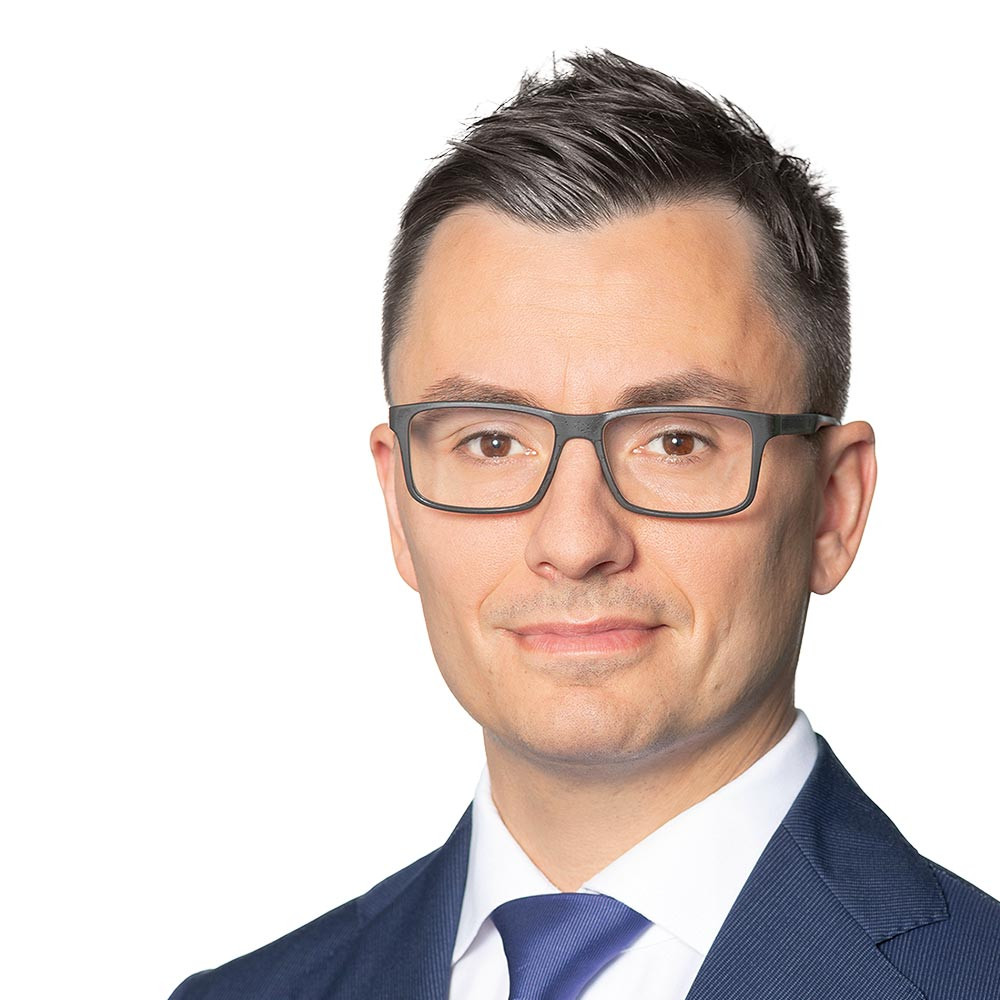Blueprinting is a process for designing and optimizing business processes that is similar to a flowchart and can also be used to identify and sustainably design interfaces between HR management and its customers. The process, which has also been implemented at Siemens Energy, is a core element in the realignment of business processes and collaboration models as part of HR transformations. An interview with Peter Dodell, VP of HR Standardization at Siemens Energy, and Strategic HR Advisors Marc Popic, Senior Director, and David Voggeser, Partner at the hkp/// group.
Mr. Dodell, what is your view of blueprinting and its impact?
Peter Dodell: Siemens Energy is still a young company. From an HR perspective, it has always been our goal to set up a specific and efficient HR management with the new entity. Within our HR strategy, we focused primarily on the aspects of standardization, harmonization and digitalization. Of course, effective tools are needed for implementation, not least for managing central business processes.
And blueprinting is a relevant approach here?
David Voggeser: Nowadays, blueprinting is a common approach that we as consultants rely on widely for the visualization, development and description of business processes. Among other things, we use it specifically as a tool for identifying and optimizing interfaces in order to holistically coordinate and harmonize process models with organizational and operational structures and the necessary governance models.
Marc Popic: In particular, this involves the interfaces of internal and external customers and their integration, i.e. the entire stakeholder cosmos of HR management.
Peter Dodell: At the end of the blueprinting phase, we wanted to decide which HR processes we could handle internally with the desired quality and efficiency and which processes could be outsourced. This should not be a gut decision; on the contrary, it requires careful analysis and simulation.
Mr. Popic, from your perspective as an HR service expert, what is the decisive element in the blueprinting approach?
Marc Popic: In scenarios involving the standardization or harmonization of business processes in general, as well as in the HR service area in particular, it is important to consider the relevant perspectives of all those affected. And as part of the definition of a new operating model, in addition to the pure design part, the review is also a decisive feature in blueprinting: Is a process needed at all and if so, in this or another form?
David Voggeser: In the end - despite all the standardization and harmonization - the focus must always lie on the user. To throw in a new buzzword: It's about a Human Centric Design Approach that doesn't leave the users and those affected by HR tools and the relevant associated processes out in the cold.
This user-oriented view is also a typical feature of Employee Experience Design - in other words, the design of positive employee experiences with their employer.
David Voggeser: That's right! Blueprinting and EX design are the perfect power couple for the optimal design and efficient implementation of business processes. EX helps us to adopt a perspective that we don't have ourselves.
Marc Popic: The combination of blueprinting and EX is extremely valuable in ensuring the desired added value on the user side.
How do you integrate EX into blueprinting at Siemens Energy?
Peter Dodell: With the help of EX, we have defined design parameters for a massive user orientation. This is human centricity in action.
But in reality, every business area is different and there are also specifics from country to country, right?
Peter Dodell: As an international company, we have to live with this diversity and complexity. Therefore, it is important to examine carefully: What are the differences of regulatory nature, which leave no room for maneuver, and what are desired differences where we need to engage in precise analysis and discussion.
David Voggeser: Blueprinting has to be flexible enough to address regional, local or business-specific requirements. It may also help to initiate a co-creation process in parallel, in which the so-called Product Owners contribute their perspective on their topic and area of responsibility to the discussion.
Setting up an ideal process a single time is only one side of the coin. What about more or less foreseeable adjustments in the further course of business?
Marc Popic: Today, people hardly ever think and design statically; uncertainty and the pressure to change are everyday occurrences. Therefore, a harmonized, standardized process house also includes a corresponding process methodology, transparent and comprehensive documentation as well as levers for the continuous integration of tools and processes in the context of the existing governance model as well as the requirements on the user side.
In which way is the implementation carried out and within what timeframe?
David Voggeser: As part of the blueprinting process, we highlight all the important design parameters and consolidate the requirements of the users and all stakeholders. The duration of this process depends on the complexity of the organization and the governance model. A large number of interfaces require more effort - from analysis and design to implementation..
Peter Dodell: Within this process a great deal of clarification is needed. Key experiences from my current project: You can't communicate too much, you need clear and binding solutions, respect and, at the end of the day, a lot of empathy. Imposing any new solution as the new standard that is perfect from a central point of view on an operationally excellent Product Owner anywhere in the world from one day to the next will fail.
Marc Popic: But you don't necessarily have to act comprehensively, you can also look at individual areas or processes. However, the overarching HR Governance Model should first be clarified based on the corporate and HR functional strategy. Otherwise you will merely create new and perhaps even bigger problems.
Thank you very much for the interview!



